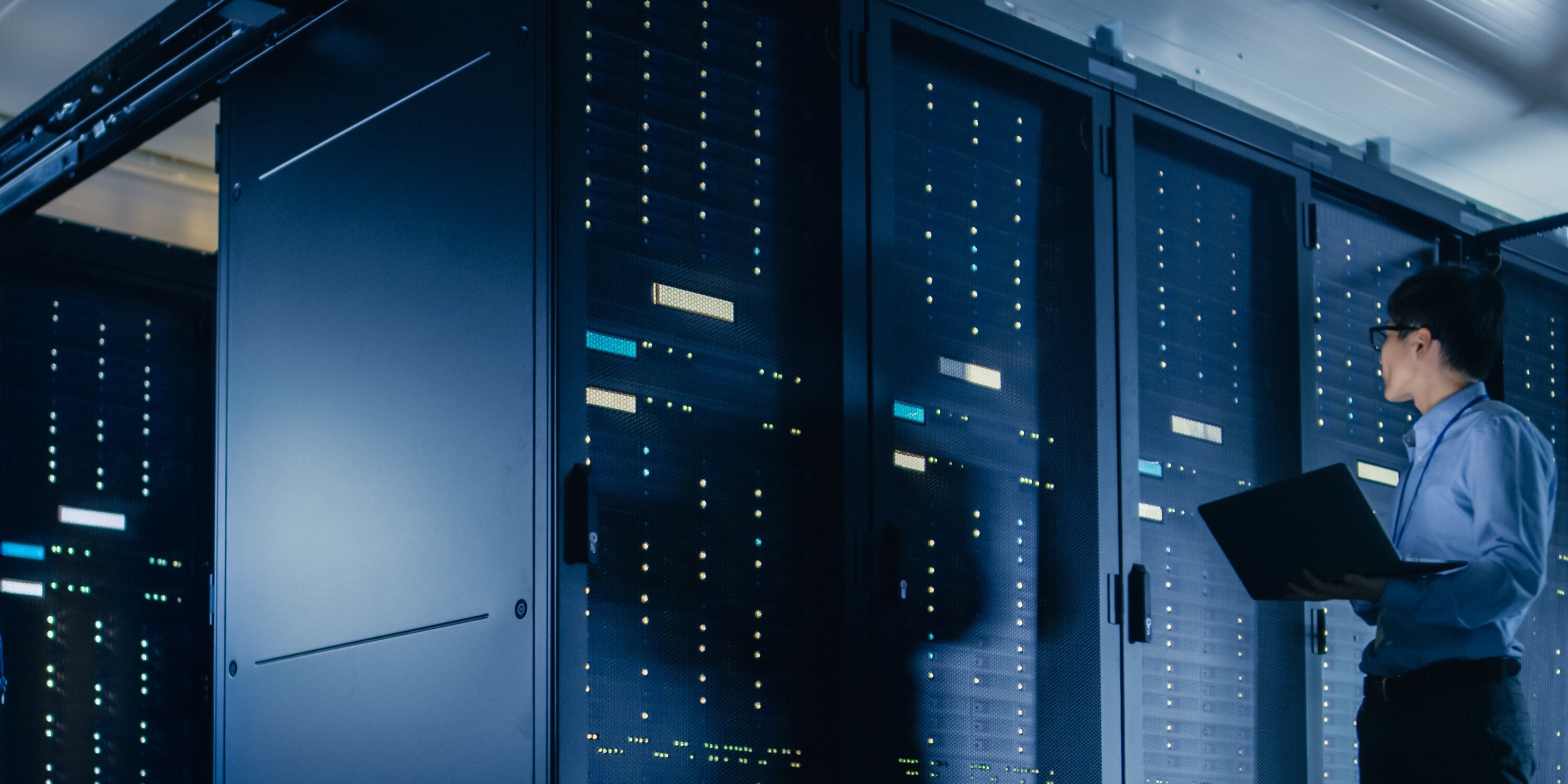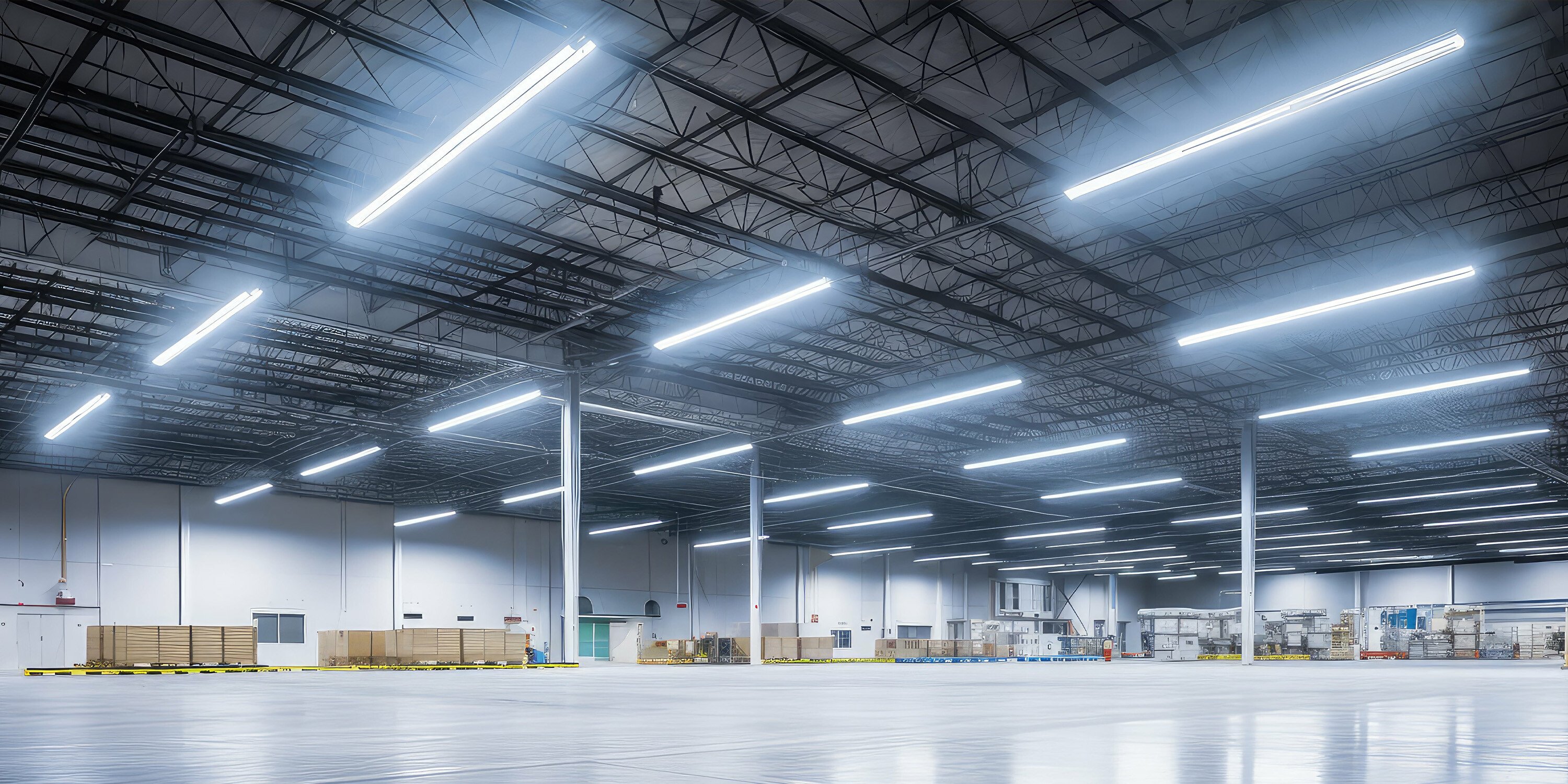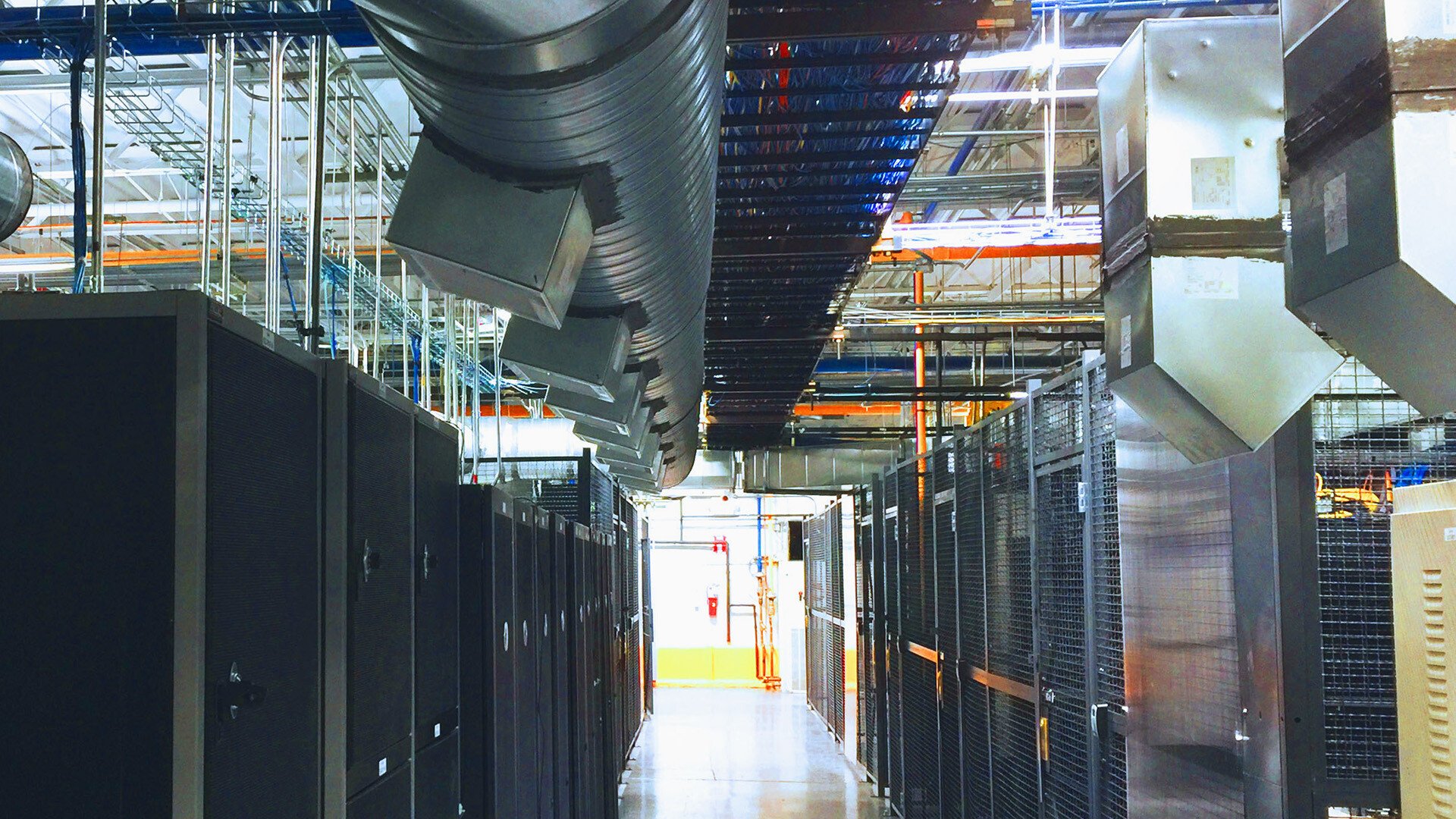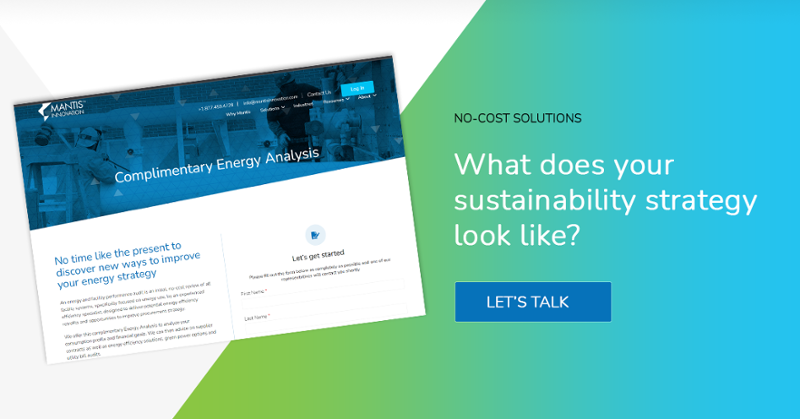Energy Efficiency | June 16, 2021
6 Reasons for Data Center Optimization
When the discussion centers around data centers, operations are key. Data centers are an indispensable part of modern computing infrastructure as they enable functions that are critical to the operations of many industries and organizations. They can be thought of as a sort of "keeper" of information for the internet in the way that they are able to process, store, and communicate data.
Data centers have become ubiquitous in that they are found in nearly all sectors of the economy and within every aspect of our society. In other words, there is no room for error and any downtime in a data center would result in major financial loss. The reality is that maintaining such high-performance computer systems and servers requires a significant amount of energy.
The Federal Energy Management Program said it best: "Data centers offer a tremendous opportunity for energy and cost savings." But if all operations are running functionally and there is no downtime, why should data centers even care about energy efficiency? Here are 6 good reasons.
1. Better Power Usage Effectiveness (PUE)
In contrast to cooling and other systems that support the equipment in a data center, power usage effectiveness (PUE) is a metric that is calculated by dividing the total amount of power a data center consumes by the energy needed by the IT equipment. A perfect score would be 1.0 in that every kW of energy being used by the facility was going toward the computing. Energy efficiency solutions can target – and decrease – energy used to help data centers achieve a better PUE.
2. Energy consumption leaves a lasting effect on the environment
A study done in 2014 by the U.S Department of Energy revealed that data centers in the United States consumed an estimated 70 billion kWh that year which made up 1.8% of the country's total electricity consumption. This is the environmental equivalent of greenhouse gas emissions from roughly 1,078,870 passenger vehicles driven for one year or carbon sequestered by 6,077,830 acres of U.S forests in one year. If 70 billion kWh is still too large of a number to grasp, know that it takes less than 11 thousand kWh to power the average American home for an entire year. Efficiency solutions are key to decreasing energy consumption and corresponding environmental impact caused by data centers.
3. Increase mechanical capacity
Increasing mechanical capacity with efficient solutions is a win-win, two-sided coin. By maximizing efficiency, you are trimming the “excess fat” of energy usage off your system. This tactic opens up more mechanical capacity in the data center to improve redundancy.
Colocation facilities also have the option of utilizing the newfound space to increase revenue. By optimizing your current capacity usage, you could possibly bring in additional customers, thereby increasing the revenue of income per square foot. Either way, data centers can do more with what they have through energy efficiency optimization.
4. Corporate social responsibility
We know that data center power consumption is high and continues to grow as demand for high functioning computing increases; but the world also demands environmental responsibility and climate action. Your clients want to be associated with a data center that is socially aware and transparent about their energy use as much as they want to be associated with a facility that provides quality computing operations.
By demonstrating your commitment to reducing your impact, working towards net zero, and implementing energy efficiency measures, your data center can be part of the solution as we work towards a more sustainable future.
5. Save more money long term
Although retrofitting your data center could feel like an unnecessary cost – especially when it’s operationally functional – targeting energy efficiency can add up to significant annual cost savings. As a decision maker you have the purchasing power to make smarter financial choices in your energy consumption. By purchasing efficient equipment or retrofitting what you already have for increased efficiency, you save money in the long run. This can display itself in the cost of power, the maintenance of the equipment, or in capital expenses.
-
Cost of Power:
-
Maintenance Cost:
-
Capital expenses:
6. Utility incentives can cover a significant amount of project cost
Thanks to green initiatives and additional encouragement from utility companies throughout the United States, constructing, retrofitting and optimizing a data center for efficiency at an agreeable cost is more possible than ever before. Local utilities and state energy efficiency programs have been offering several different types of incentives and rebates to owners and operators who are willing to make their facilities more energy efficient. By optimizing your data center’s efficiency and preserving your resources, you can be rewarded with an even more attractive return on investment.
Discover data center optimization
Still have questions about what optimization in a data center really means? Learn more about different types of solutions or consider evaluating your options based on your own data and infrastructure.
Related Posts
Discover more content and insights from Mantis Innovation

The Cost of Inaction: Why Businesses Should Act Now on Energy Efficiency
In today's fast-paced business environment, the financial and operational losses businesses incur by delaying energy efficiency improvements, the "cost of inaction," is more relevant than ever.

In today’s AI era, human intelligence is the key to data center facility and energy optimization
Nowhere else in modern industry do artificial and human intelligence converge with such transformative potential as in the world of data centers. As AI's extraordinary growth accelerates demand for

Your Guide to LED Lighting for Business and Commercial Buildings
Never to be underestimated, LED lighting and well-designed lighting retrofits and upgrades offer businesses big improvements like reduced energy costs, reduced emissions, and improved working

Five Trends Driving Data Center Facility Energy Optimization
Today’s digital economy, commercial and industrial digitalization, and the recent explosion in artificial intelligence and machine learning (AI/ML) powered computing are driving massive growth in
